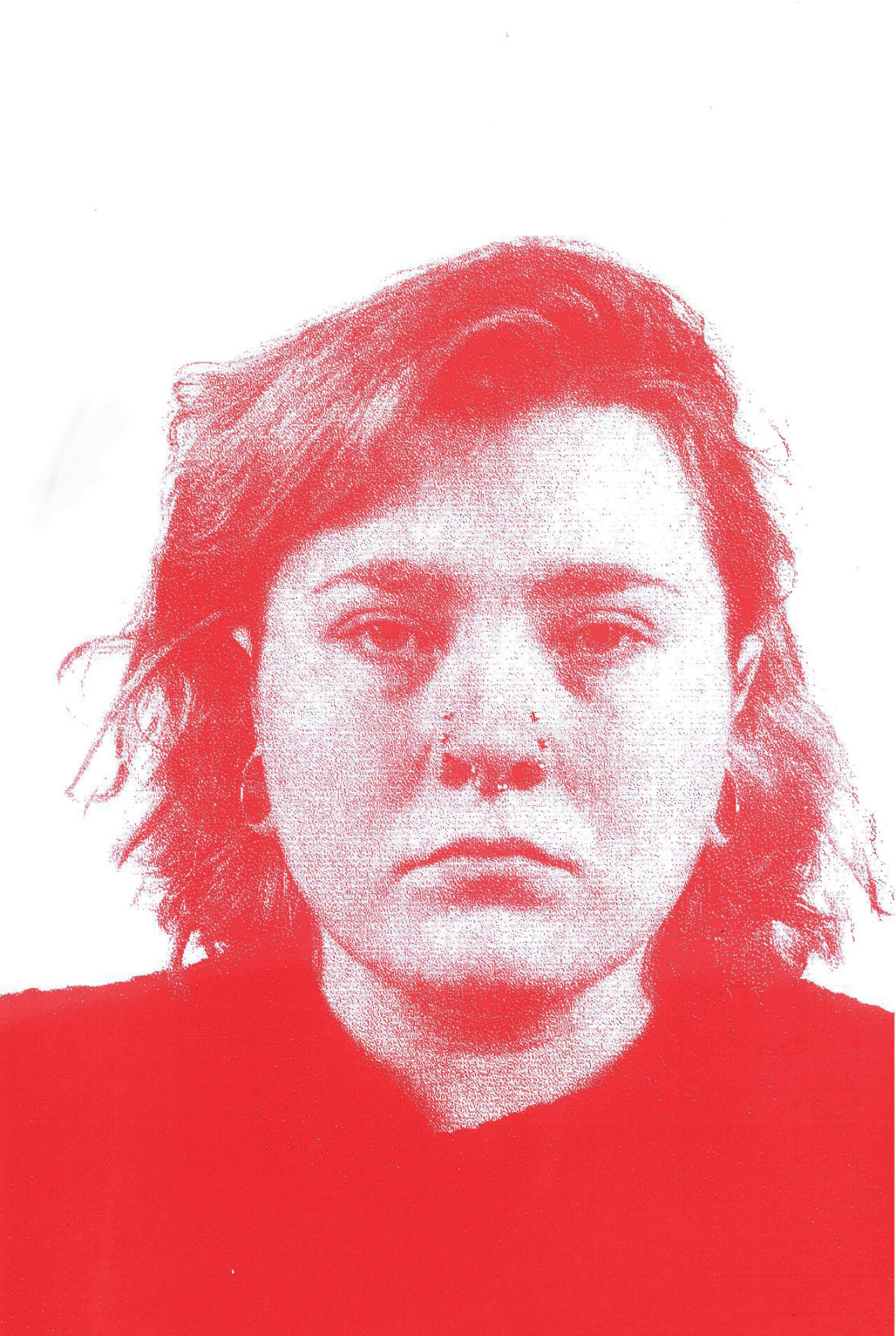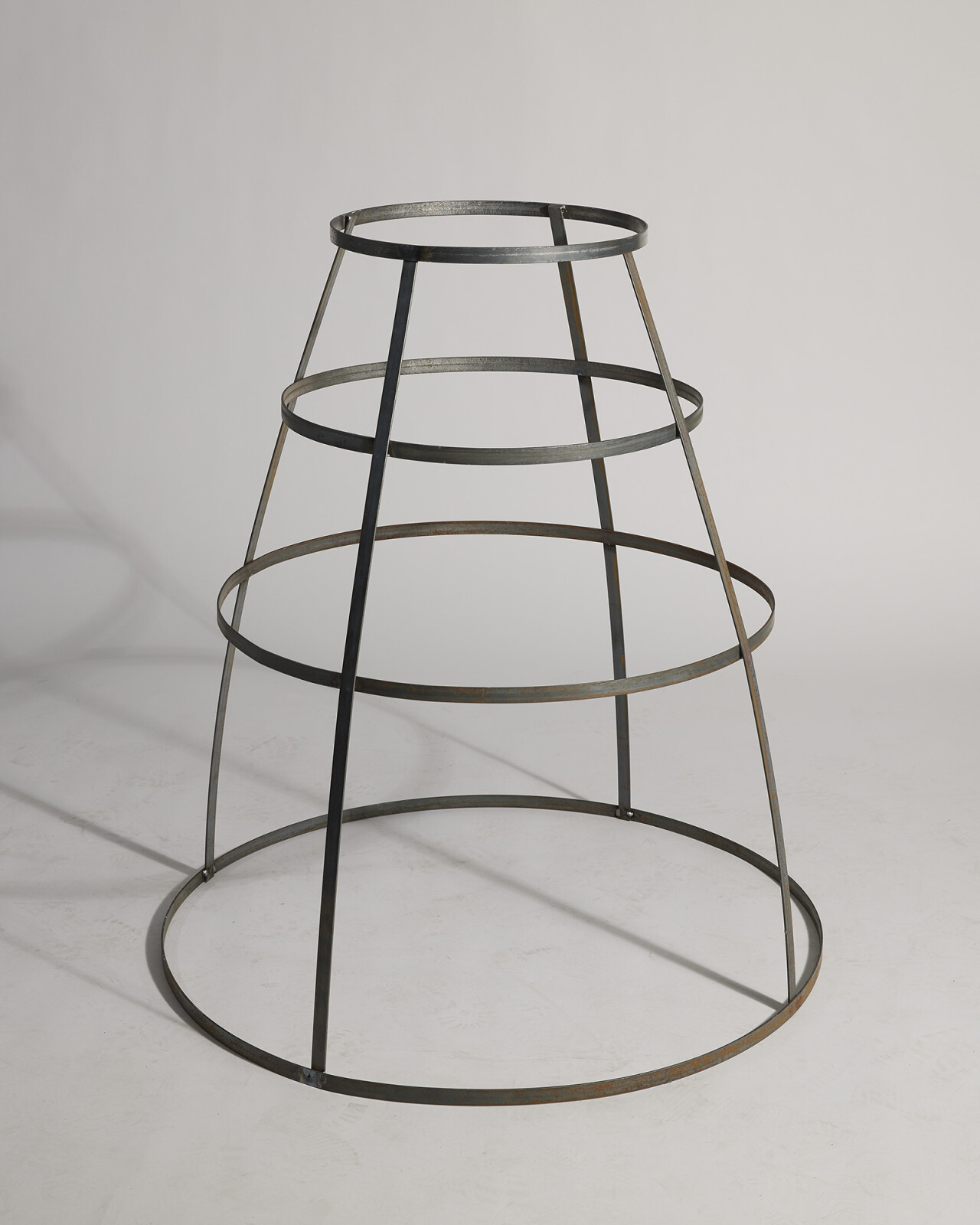She Can Hear Now, She is Not Heard
She Can Hear How, She Is Not Heard is an installation that is concerned with creating a shared space for women to speak of their lived experiences under a patriarchal society and the impact this has on their everyday lives. This work is explored through screen-printing, drawing, sculpture, and text. There is a specific interest in language throughout the work and how over time it has been used to perpetuate stereotyping, disseminate information, and deny ignorance, while simultaneously preserving biases and providing the ability to reject them.
There is a sociological understanding amongst women of an unwritten sisterhood and social contract, each looking out for each other. McLavin created an open call to women who wished to take part in this work for a photographic project. The result of these photographs can be seen in the screen-printed portraits. She has also worked closely with her own sisters. They are within the portraits series as well as lending their voices and breath to the audio work, where the three siblings commemorate the victims depicted in 'The Gap'.
'The Gap' is one of three screen printed banner pieces, it visually articulates the names of the women who have been the victim of femicide in Ireland since 1996. The encompassing two banners showing the text/image combination which are in reference to Sara Ahmed’s book 'Complaint' which discusses institutional failure and the attempt to be heard.
'Burial Site' and 'Figure 1-10' is a further visual response to Ahmed’s text, with specific mention to the institution and its policy in trying to receive justice, resolve the issues women face and the struggle to be heard.
Featured alongside the banners is another element of protest and activist culture in the form of the zine titled 'Heroine'. The artist uses her own hand to depict a narrative scene of Italian painter Artemisia Gentileschi’s depiction of 'Judith Slaying Holofernes'. The focus on the hand as the empathetic vehicle often associated with care and fragility in this case subverted to show an act of violence without the presence of a violent/phallic object.
Shown across from the zine is a welded sculpture 'Rigid and Robust'. A steel frame which portrays the armature of the crinoline skirt. A historic undergarment that was extremely stiff, uncomfortable, and often combustible, yet enjoyed amongst women of the time for the physical space if provided them. The use of steel to create this structure meant the work is forced to stand and occupy the physical space, to inhabit and embody it. Made to the artists bodily measurements it shows the presence of the women involved in this project as well as the artists own inclusion.
This work culminates as a multi-media installation that provides a space to address issues of gender inequality, gender motivated violence and the difficulties that comes with being a woman in a patriarchal society.
Title/material list:
'Figure 1-10'—Screen-print on paper.
'Burial Site'—Screen-print on Paper
'She Can Hear How She Is Not Heard'—Screen-print on Faux Leather
'The Gap'—Screen-Print on Faux leather with accompanied audio.
'The Gap Is Densely Populated'—Screen-print on Faux Leather
'Heroine'—Screen-printed concertina Zine on Fabrioano Rospina Paper, Faux Leather and 2MM Card.
'Rigid and Robust',—2mm Steel Flat Bar Welded.



